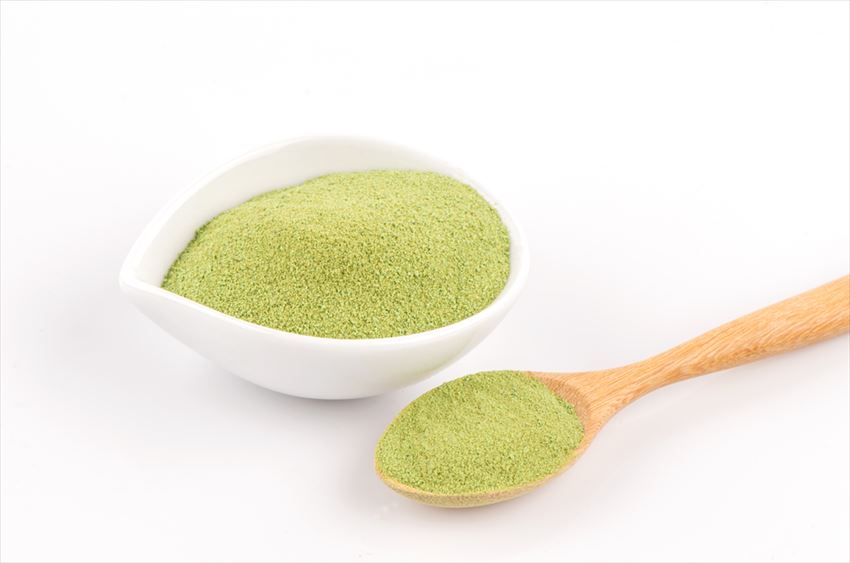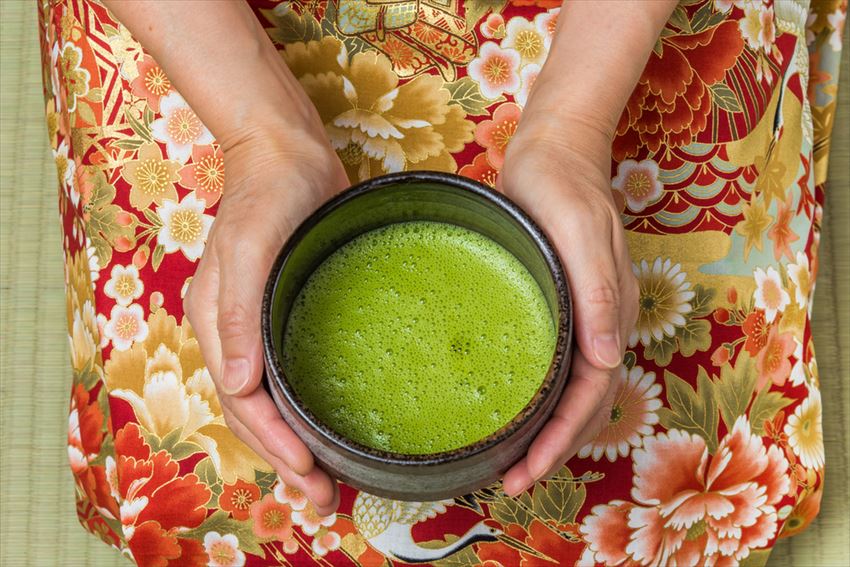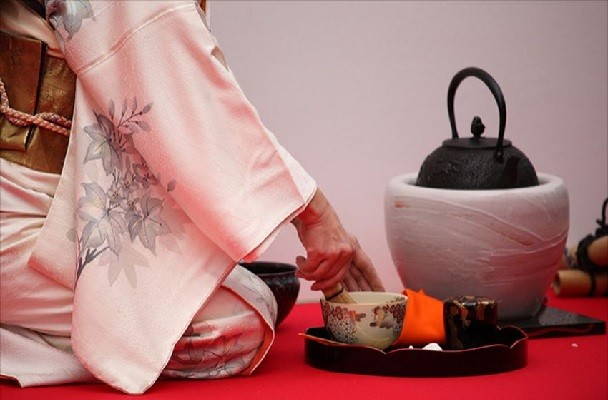The famous Japanese tea ceremony is known in Japan by the names chanoyu, sado, or chado, and dates back an amazing 1,000 years. As such, if you are lucky enough to experience one when you are in Japan, know that you are witnessing something that has delighted participants for centuries.
Japanese tea ceremony
In the days of old, only men would have participated in tea ceremonies, but now everyone is free to join in, and if you get the chance to witness one firsthand, then this is something not to be missed. That said, some people are understandably nervous about attending a tea ceremony, which is known for being incredibly formal and prescriptive.
So what is a Japanese tea ceremony? How it is performed? And what do you need to do in order to participate?
We tell you everything you need to know about the Japanese tea ceremony...
Where?
A Japanese tea ceremony will often take place in a special tea room inside a traditional style tea house. You can expect the tea house to be ornate and beautifully designed, and many have garden areas attached to them with beautiful flower and rock formations. In the summertime in Japan, the tea ceremony can be performed outdoors in the garden. A tea ceremony can in theory be performed anywhere, but it will almost always feature a room with tatami mats on the floor, so that everyone can sit down to enjoy the experience.
Why?
The Japanese tea ceremony evolved with the rise of Zen Buddhism and is seen as a way of relaxing and also connecting with those around you. As such, the tea ceremony, also known as The Way of the Tea, is still very much a spiritual pursuit. Many people perform it with guests as a kind of meditation and as a way of coming togr to enjoy a common activity, rather like groups performing a yoga class together or similar.
What?
There are different types of tea ceremonies that use different kinds of tea, but by far the most common and popular is that which features matcha or powdered green tea.
Japanese Tea
Matcha green tea is a kind of tea that has been grown in the shade which is why it retains its gorgeous and iconic vibrant green color. The tea is dried after it is harvested and the tough parts like the stalks and veins are removed and discarded before the leaves are crushed into a fine powder.

The cup
Many guests at a tea ceremony may be surprised to learn that the cups are an important part of the process and their design is usually dictated by when the ceremony actually takes place. Rather than a mug or a cup, a tea ceremony uses a bowl called a chawan for guests to drink from but in the summer time you can expect to be given a smaller bowl that is also shallower. The reason for this is that a shallow bowl means that the tea will cool faster which is something that everyone wants in the hot weather! It’s important to use a bowl rather than a mug or cup as part of the ceremony involves whisking the tea, so you need the space that a bowl provides.

The tools
There are a few tools that are considered essential for a tea ceremony. One is the chashaku which is the scoop for the tea, and the other is the whisk that accompanies it.
The accompaniments
Although it is called a tea ceremony, you can also expect some food to be provided, usually in the form of snacks. Matcha green tea is known for its bitter flavor, and with that in mind you will often be served wagashi which are Japanese sweets to add a bit of sweetness to the mix. There are lots of different sweets that can be served, but you might find things like mini sweet dumplings, red bean based desserts, or Japanese pancakes.
The Way of Tea
Formal Invitation
When you get invited to a Japanese tea ceremony, it will usually start with a formal invitation from your host some days prior. Before you go to the ceremony, it is customary to wash your hands to purify yourself, and to also clear your mind of negative or cumbersome thoughts. All your attention should be on the ceremony.
The ceremony
The host of the ceremony will then take out the tools needed and will begin to clean them. This is the formal start of the ceremony, and there is a specific way and order in which the tools are prepared. This is done in silence as a way of bringing everyone together and clearing everyone’s mind to get ready for the ceremony.
Once the tools are cleaned, the matcha green tea is prepared. It will be scooped into your bowl and then hot water will be added. Finally, the powder will be whisked with the water to make a paste, and then more water added to bring the tea to the right consistency.
The host will then present a guest with a bowl of the tea and the guest will reply by passing the host his own bowl. The guest will sip the tea he has been given and then wipe the rim, and then pass the bowl to another guest. This is repeated until all the guests have drunk from the bowl, which is then handed back to the host as a way of saying ‘thank you’.
The host will then clean all the utensils used in the ceremony including the scoop, whisk, and bowls, and this is an important part of the proceedings, even if it doesn’t sound like it. They will rinse all the tools used, and the guests then need to admire them in order to see how well this has been done.
Once this step has been completed, the tea ceremony can be considered to be finished and the guests can leave. If snacks or food are going to be served, then this happens after the tea ceremony concludes.

Comments